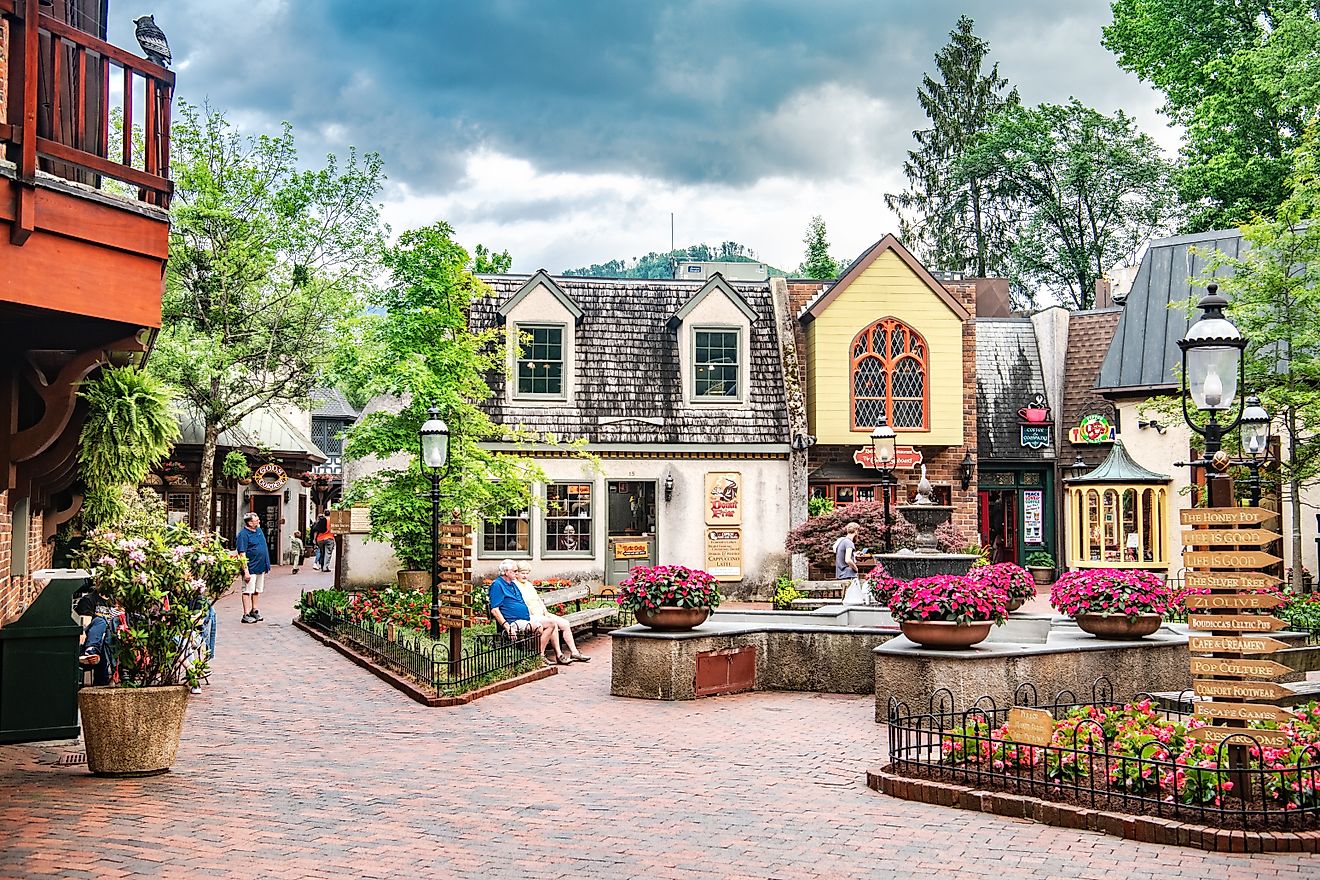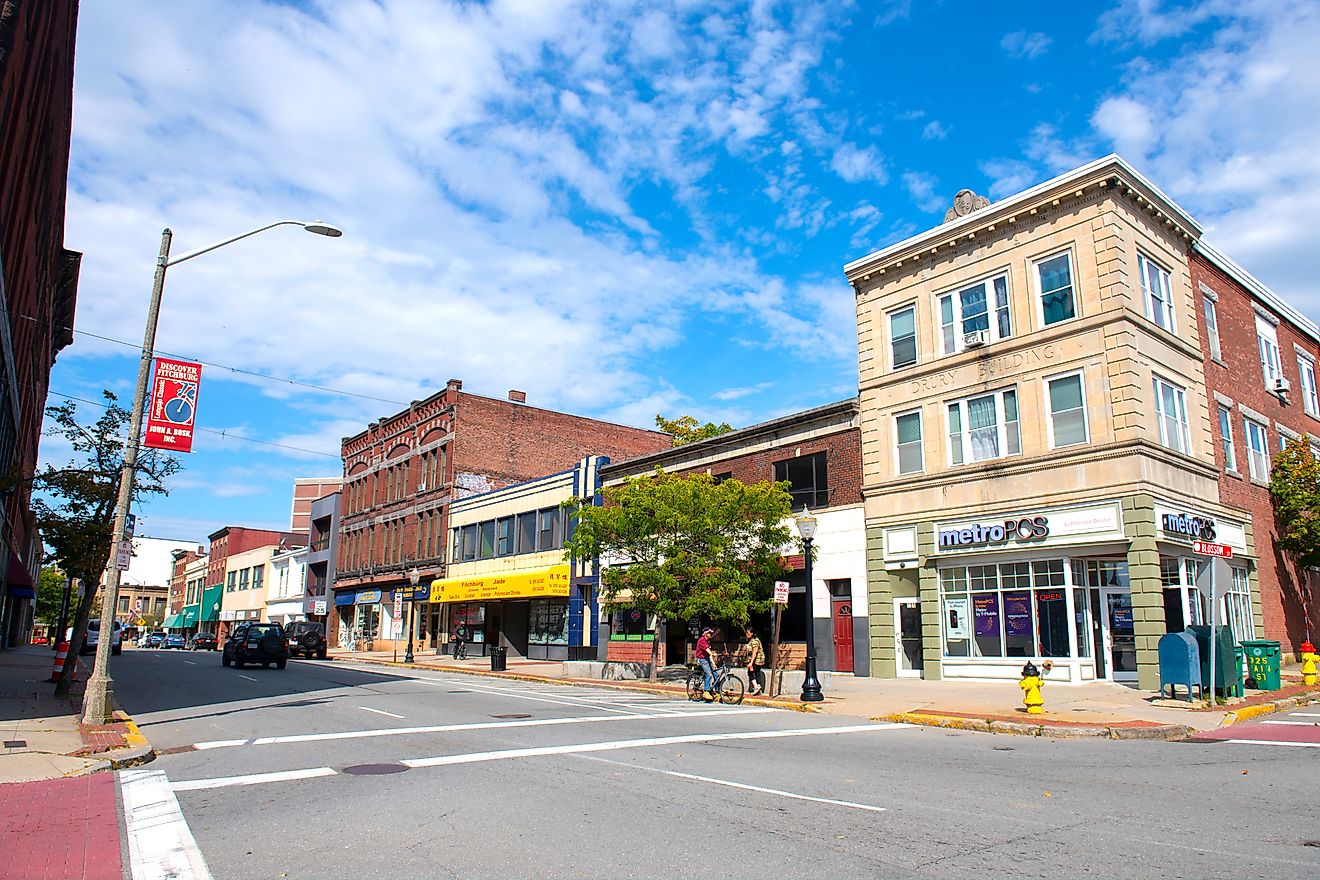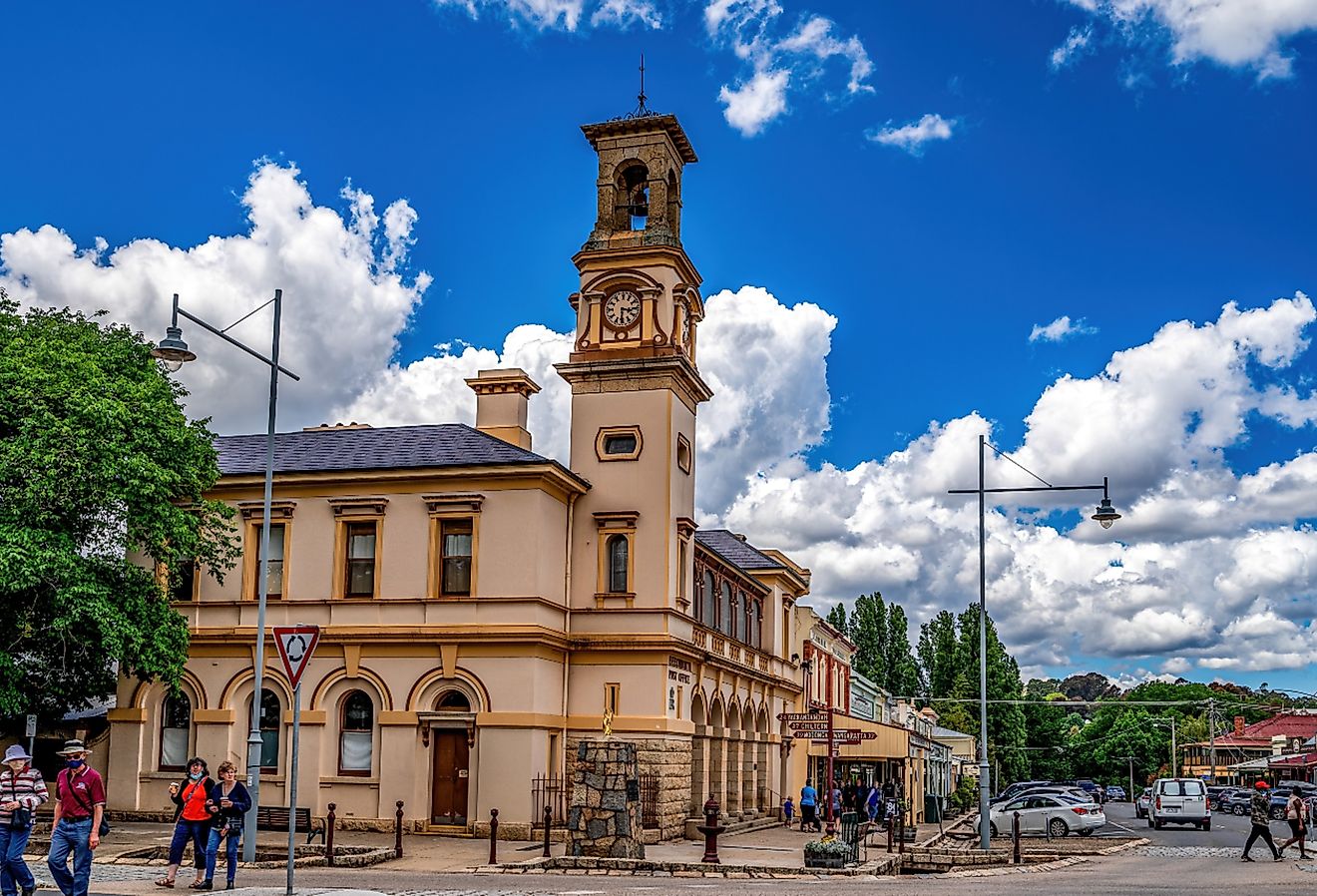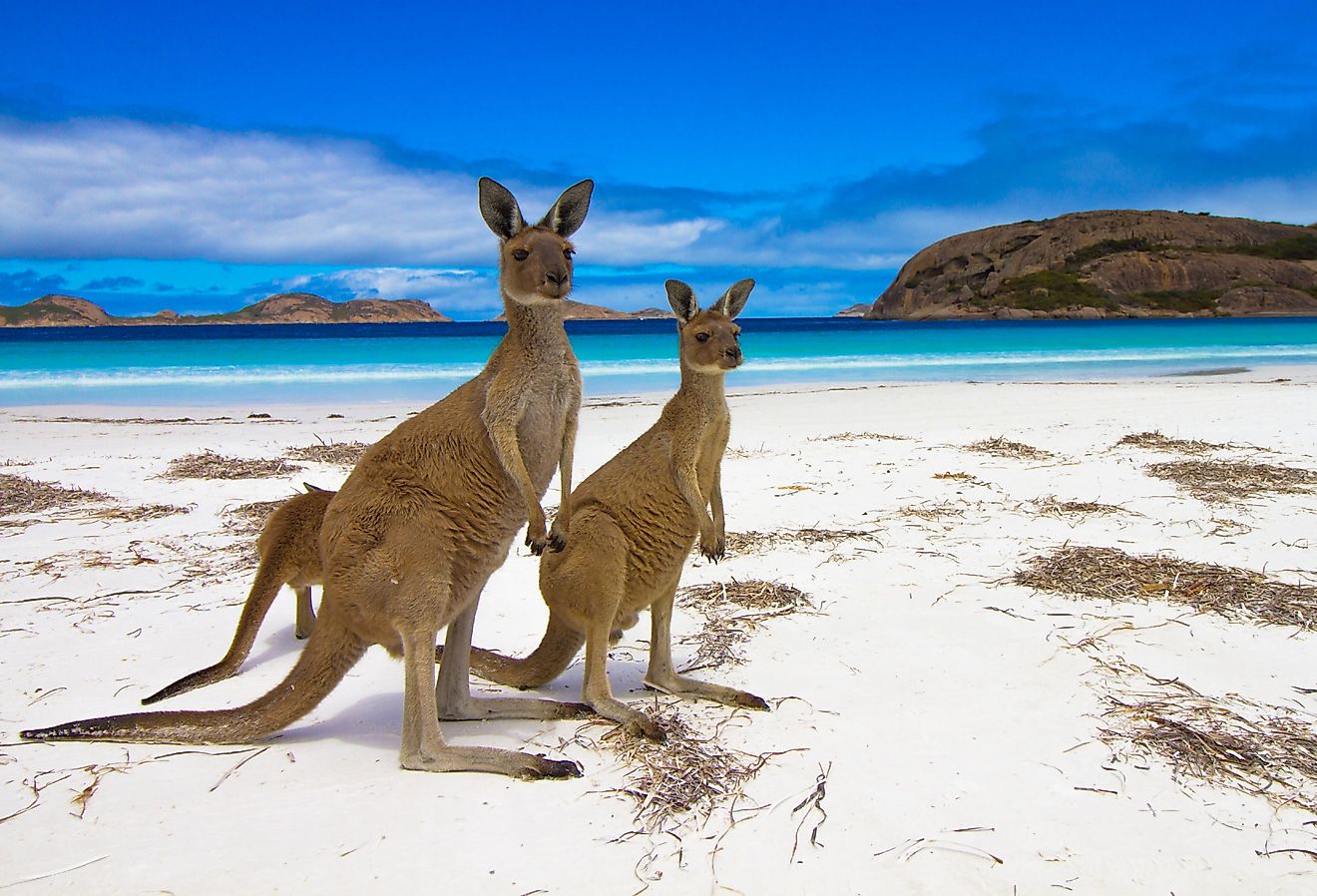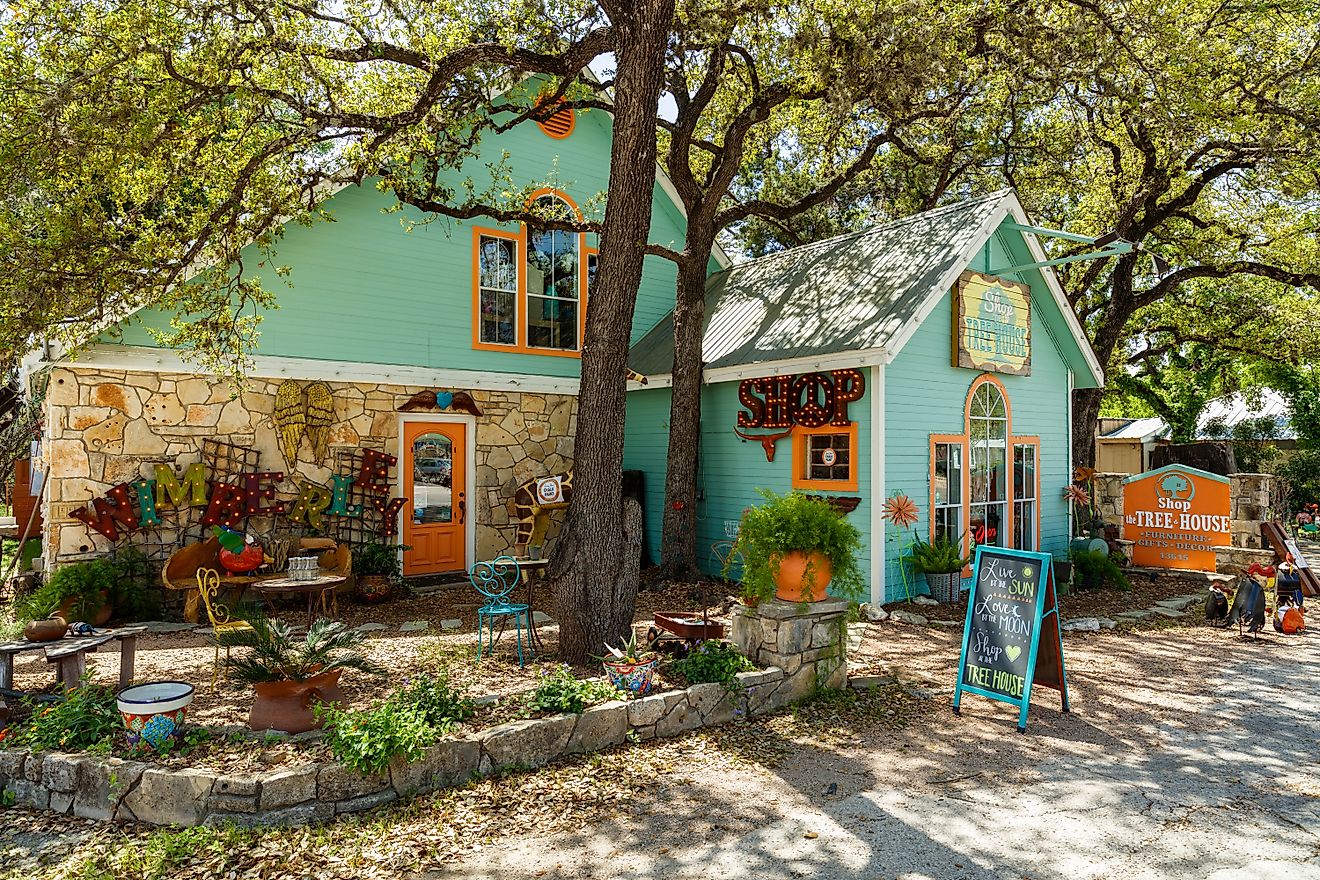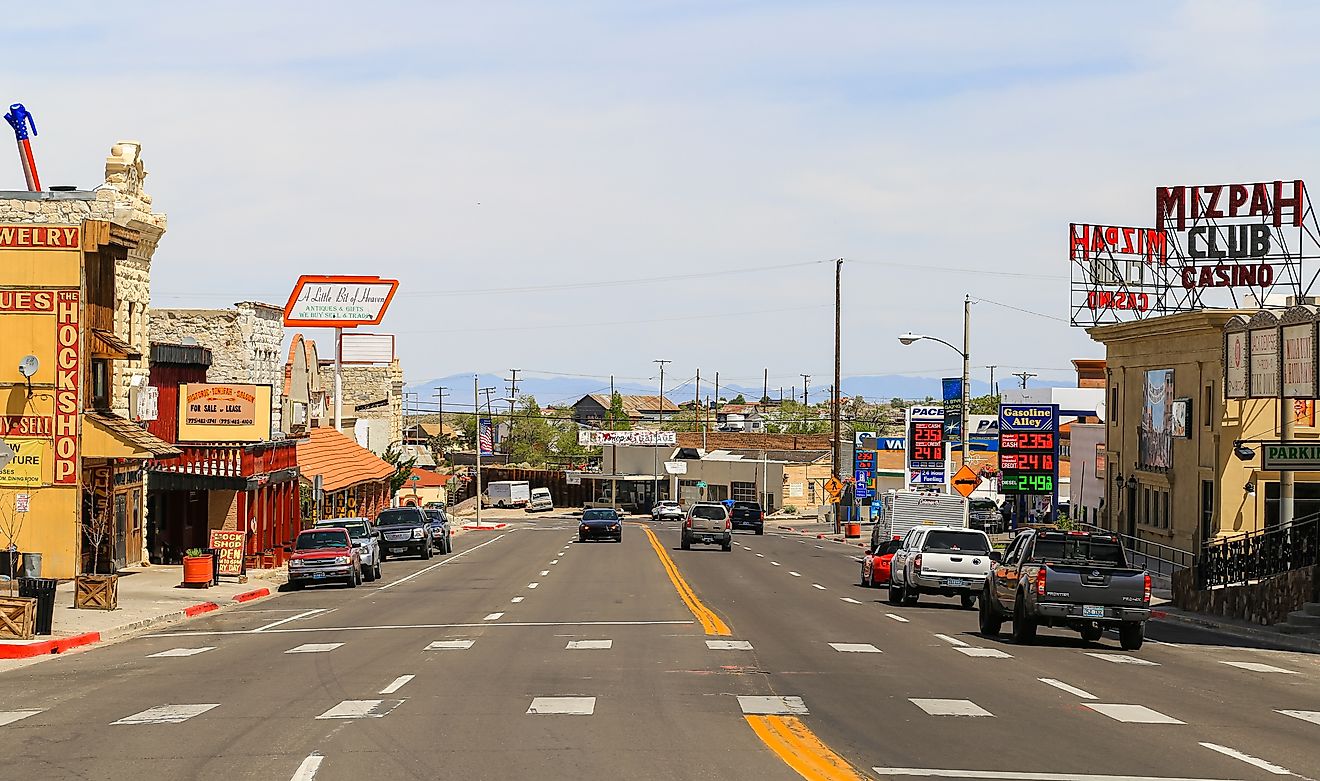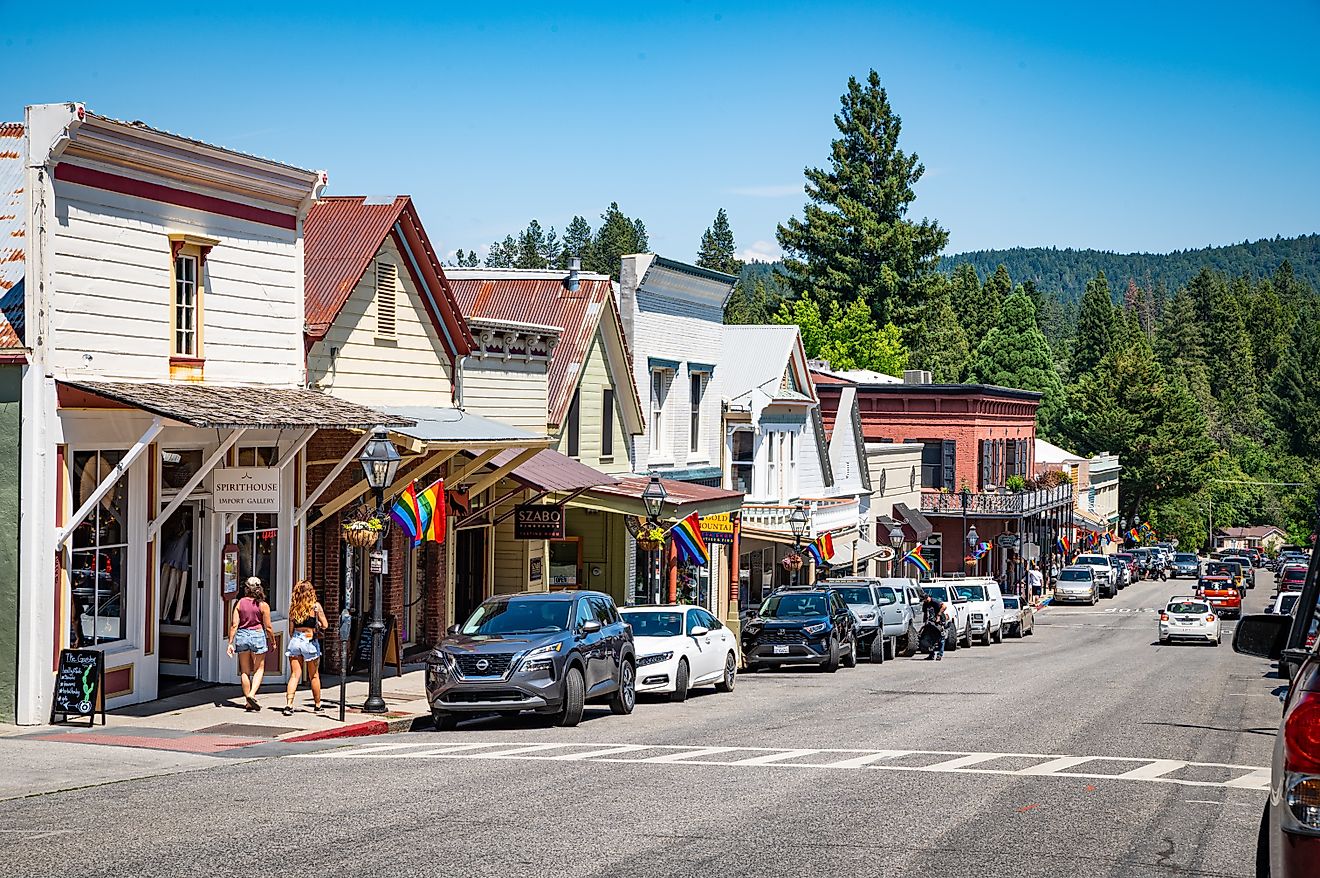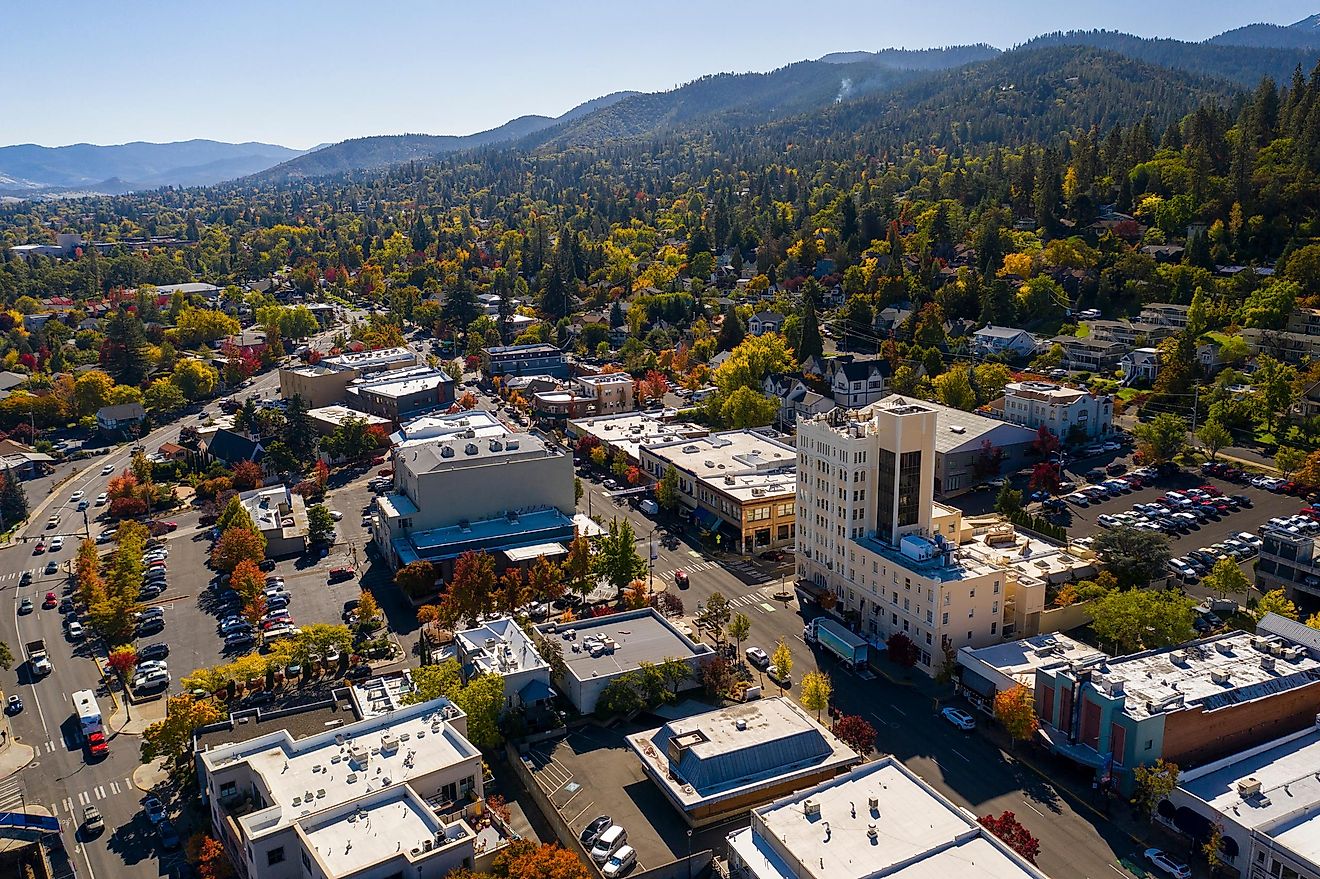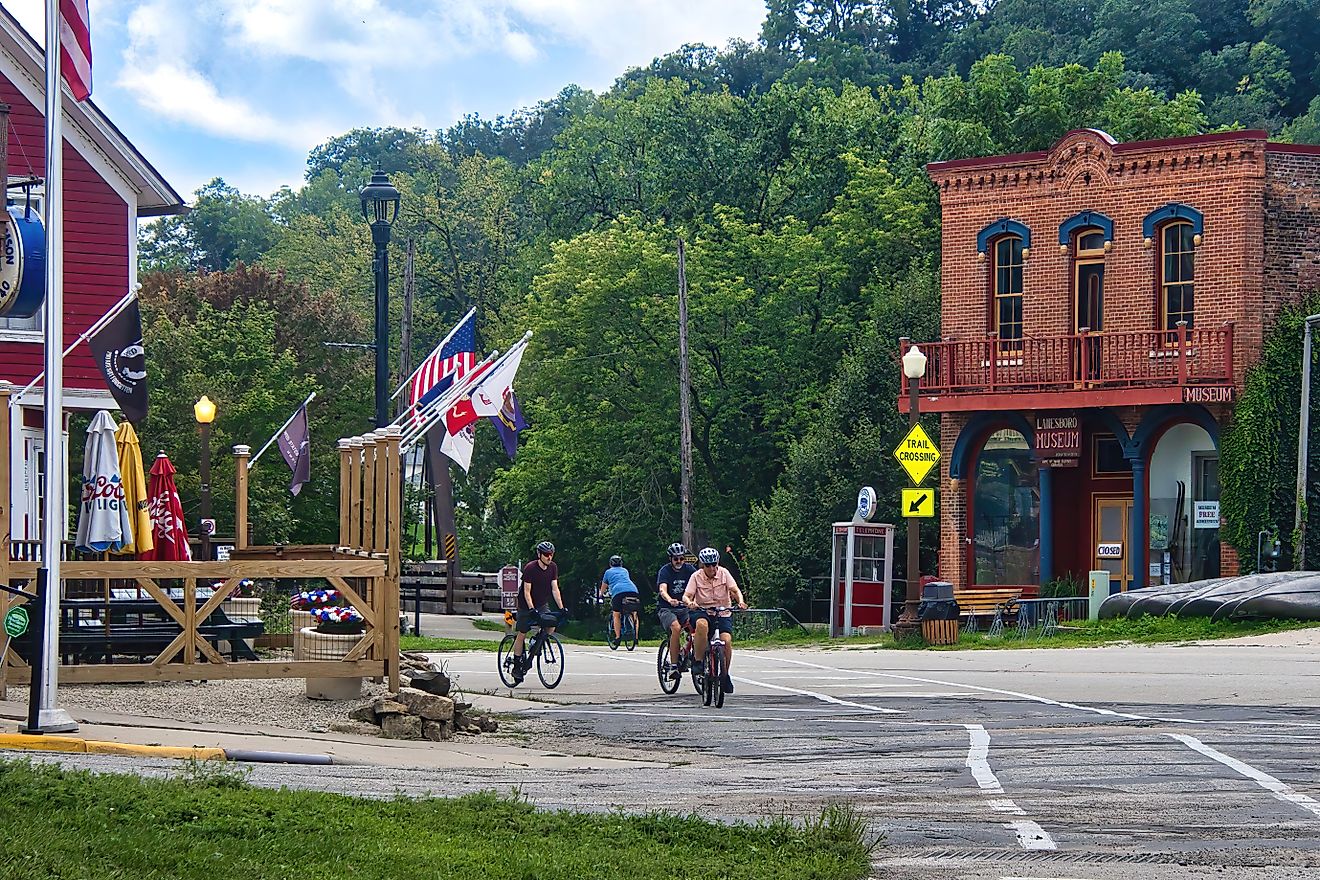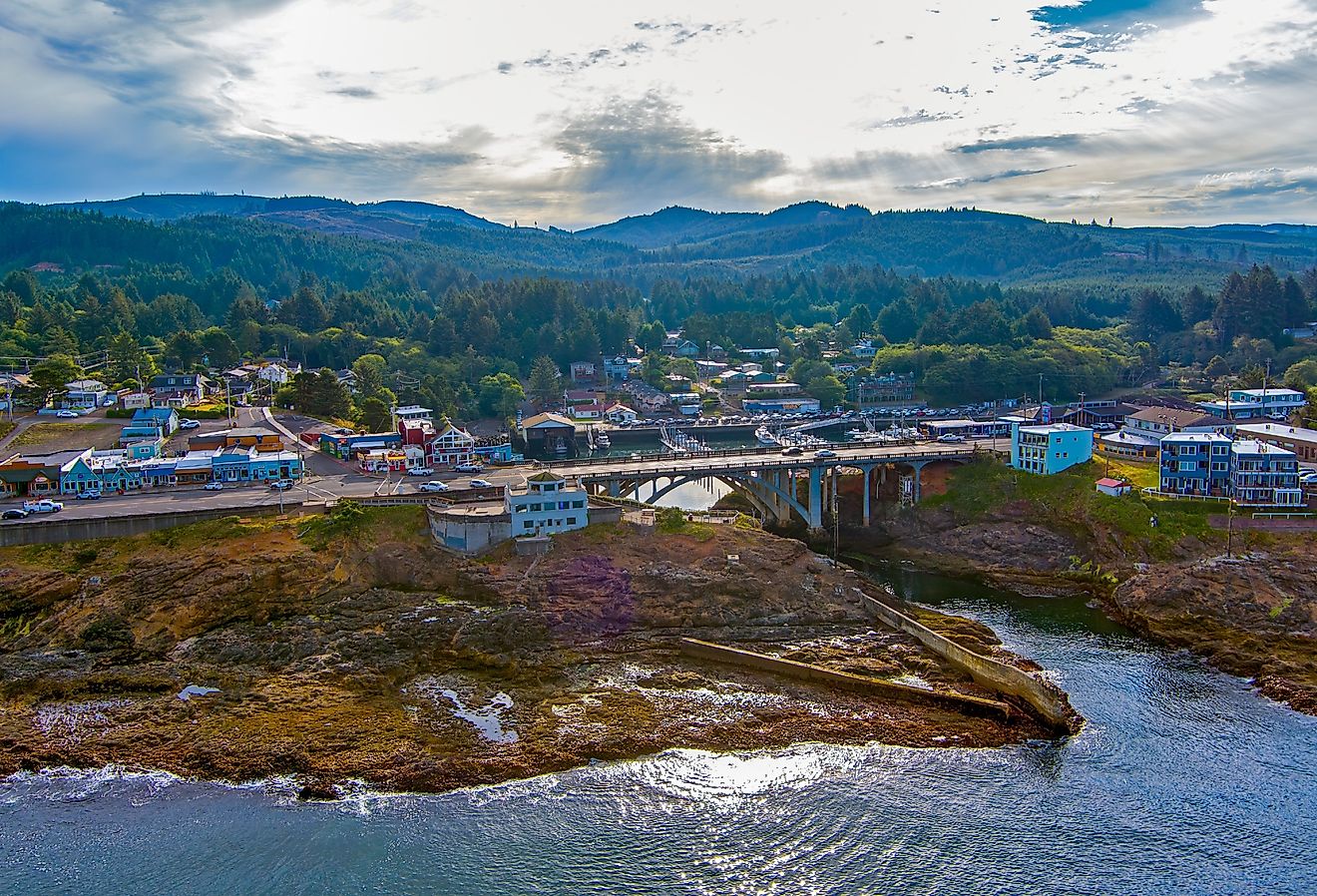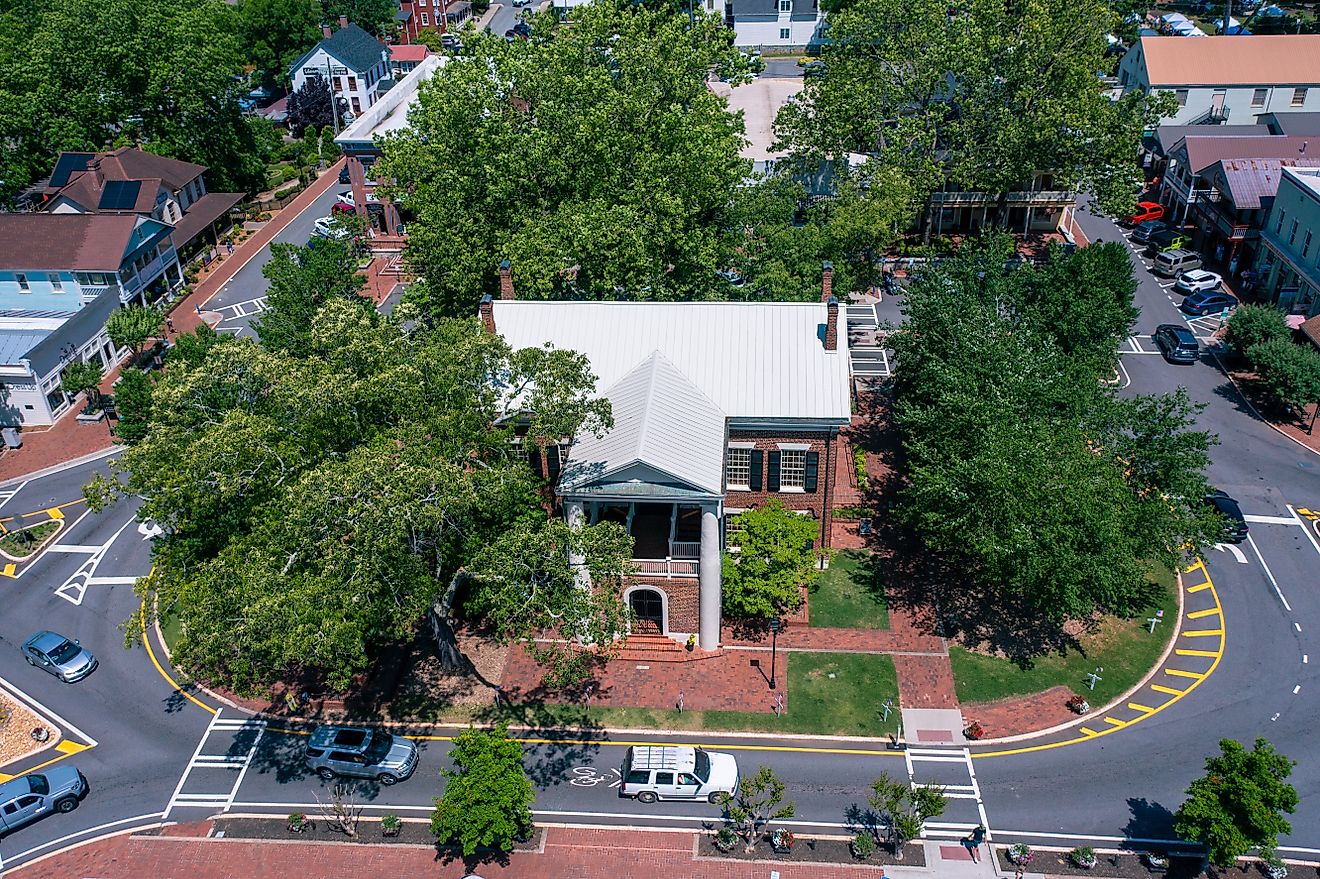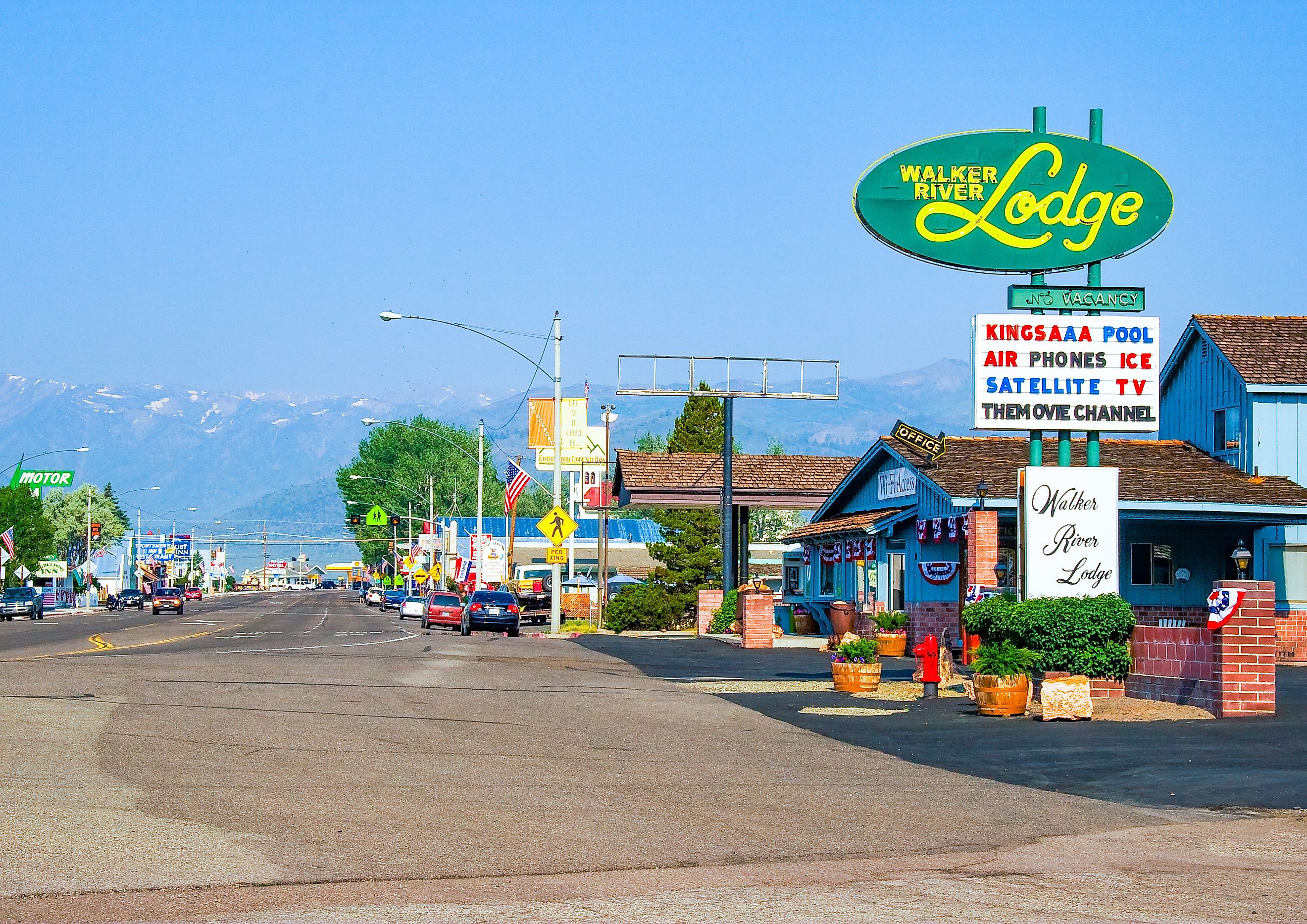
7 Cutest Small Towns In California's Sierra Nevada For 2025
The Sierra Nevada’s east-west byways, including Highway 49’s serpent coils and the volcanic tongue of US 395, splice a granite wall the length of Switzerland, yet hide hamlets so slight they vanish on most maps.
In 2025, wildfire scars have greened over, new trailheads have opened, and a handful of whistle-stop communities are quietly refining their identities with hop-forward ales, geothermal soaks, and festivals that close the only bridge in town.
This list singles out seven settlements whose populations could fit inside a city bus but whose character spans centuries. Pack a low-gear mindset; these valleys reward travelers who dial the pace down to creek-song speed.
Markleeville
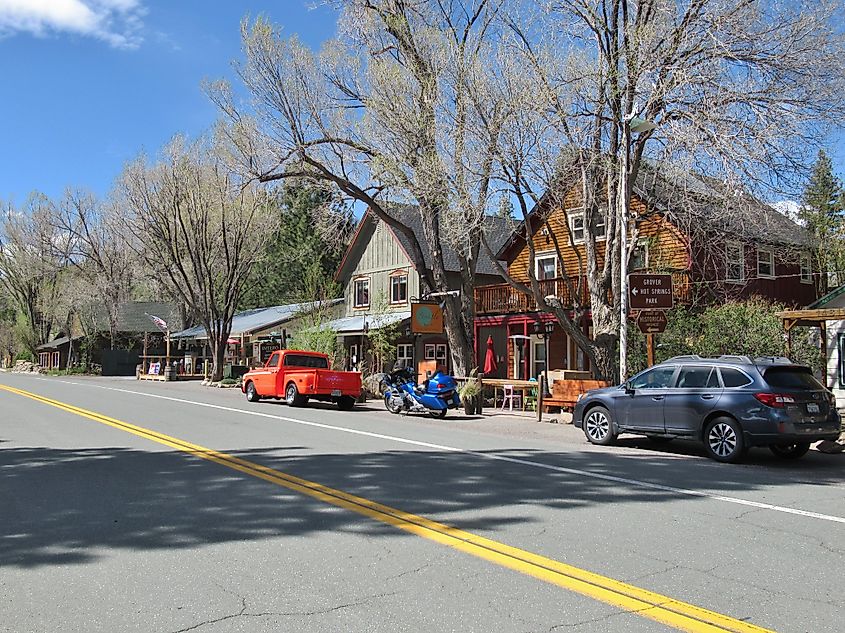
Perched at 5,531 feet in Alpine County, Markleeville is California’s least-populated county seat, home to just over 150 residents. Once a silver mining hub along the 1860s Comstock Trail, it retains original wooden storefronts and a preserved jailhouse that now operates as the Alpine County Museum. The town sits at the edge of the Sierra high country near Ebbetts Pass, a National Scenic Byway closed by snow in winter but revered by cyclists tackling the grueling annual Death Ride. Nearby Grover Hot Springs State Park offers natural mineral pools bordered by Jeffrey pines, attracting visitors year-round.
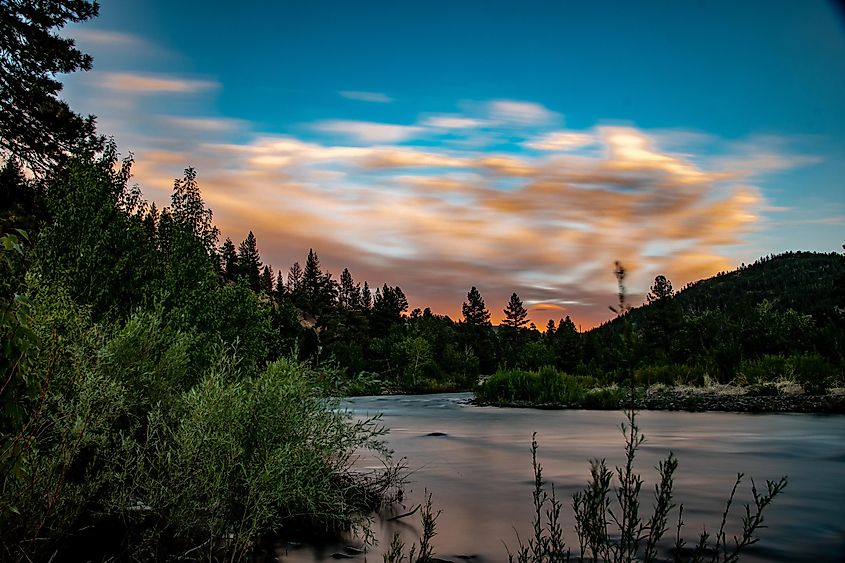
Food options in Markleeville include Upcountry Cafe, a delicious spot that fuels hikers and cyclists with hearty breakfasts, homemade pastries, strong coffee, and genuine Sierra hospitality. The Markleeville General Store stocks local crafts and supplies dating back to its roots in the 19th century. Outdoor enthusiasts launch into the Mokelumne Wilderness or fish for rainbow trout along the East Fork Carson River. Photographers and history buffs explore the century-old Markleeville Creek Bridge and the town’s compact, walkable historic district, where relics of Gold Rush-era life remain remarkably intact.
Bridgeport
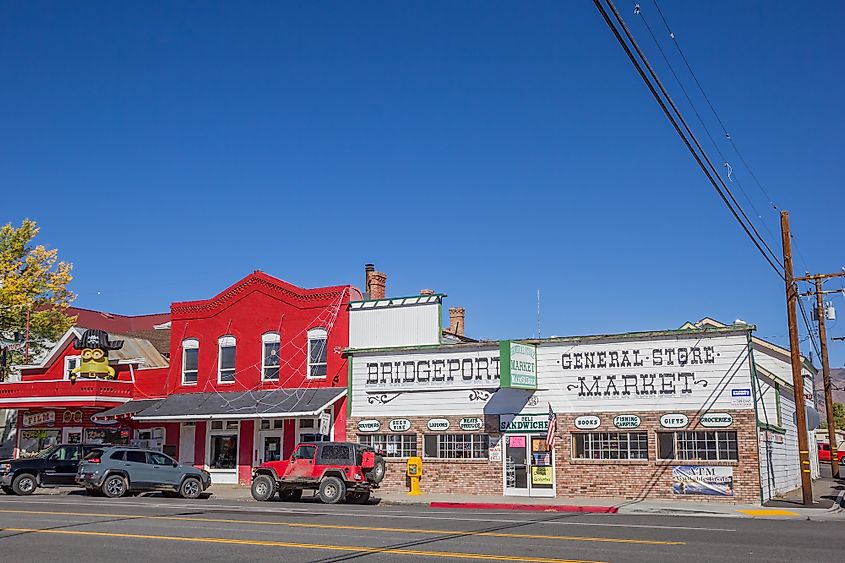
Bridgeport’s claim to distinction is its location in the wide, glacier-carved Bridgeport Valley, framed by the jagged Sawtooth Range. Established in the 1860s as a supply center for nearby silver and gold mines, the town remains anchored by the Mono County Courthouse, an 1880 brick landmark still in use today. Bridgeport is also the eastern gateway to the ghost town of Bodie, one of the best-preserved mining settlements in the country. Anglers target trophy trout at Bridgeport Reservoir and Twin Lakes, while photographers line up at the Travertine Hot Springs, where geothermal pools sit among striped limestone formations with panoramic Sierra views.
The Bridgeport Inn, built in 1877, operates as a hotel and restaurant serving prime rib and local trout. Rhino Bar offers drinks in a century-old saloon setting. High Sierra Bakery provides fresh pastries, and Ken’s Sporting Goods has outfitted generations of hunters and anglers. The Mono County Museum inside a former schoolhouse displays mining relics and regional artifacts. The nearby Buckeye Hot Springs, tucked beside a cold mountain creek, offers additional thermal pools in a natural setting.
June Lake
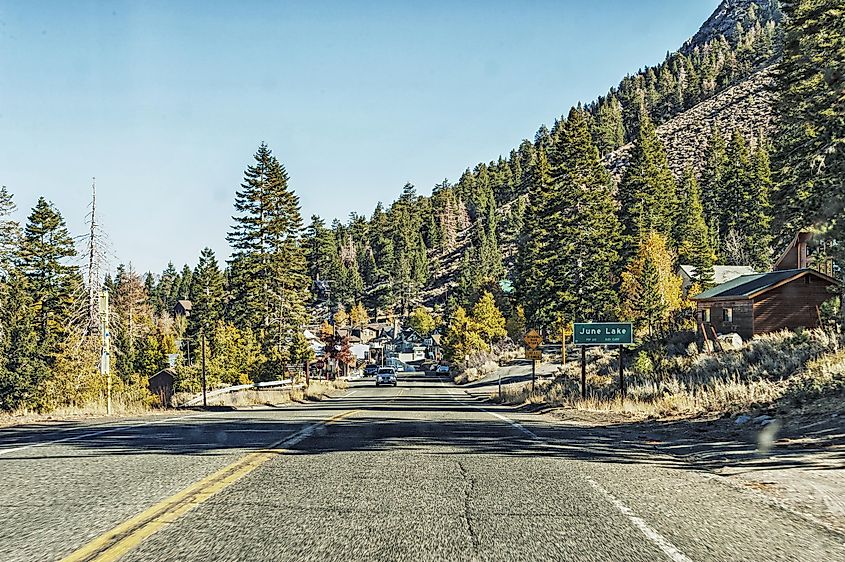
June Lake sits along the June Lake Loop, a 16-mile corridor circling four glacial lakes under the Sierra Crest. Founded in the early 20th century as a hydroelectric settlement, June Lake evolved into a fishing and skiing center, with June Mountain Ski Area offering winter access to 1,500 acres of terrain. The town’s altitude, 7,654 feet, creates a climate that supports brilliant autumn aspen displays, drawing landscape photographers every fall.
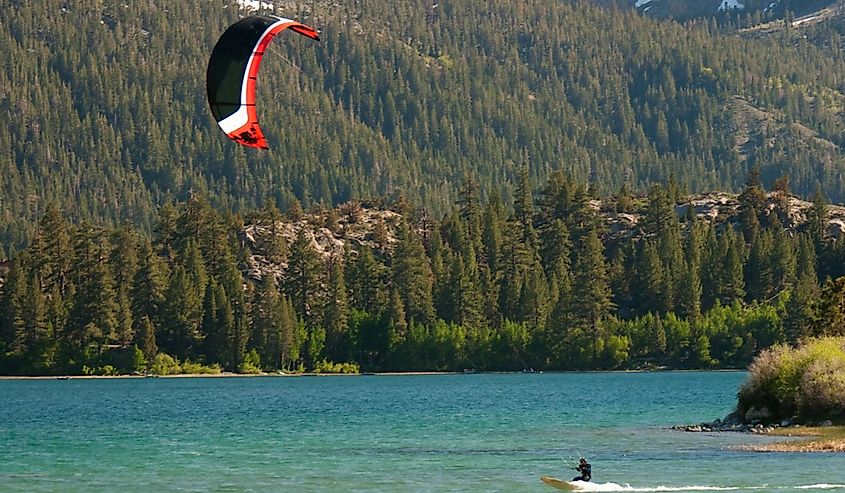
The Tiger Bar, a fixture since the 1930s, serves burgers and breakfasts, while June Lake Brewing produces craft beers with names like Deer Beer Brown and Alpers Trout Pale Ale. Gull Lake Park features a loop trail, playground, and public fishing access. Nearby Parker Lake Trail leads to an alpine lake beneath Mount Wood, making June Lake a base for hikers and anglers. The June Lake Historical Society maintains a small museum chronicling the town’s development.
Quincy
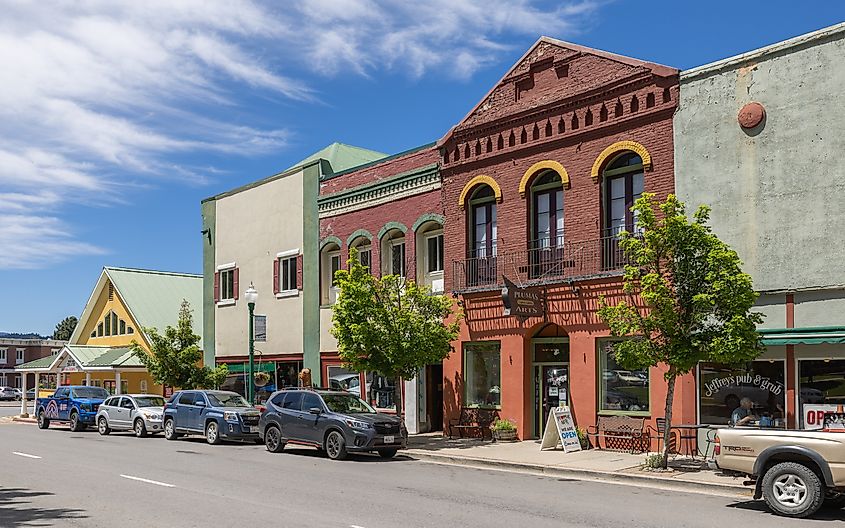
Quincy is positioned at the junction of Spanish Creek and the American Valley, with roots as a Gold Rush supply town. The 1859 Plumas County Courthouse, still operational, anchors the historic downtown, where brick buildings from the late 1800s line Main Street. Feather River College, founded in 1968, specializes in equine and environmental studies, reflecting the area’s agricultural and forestry heritage. The town serves as the gateway to the Plumas National Forest, covering over a million acres of wilderness.
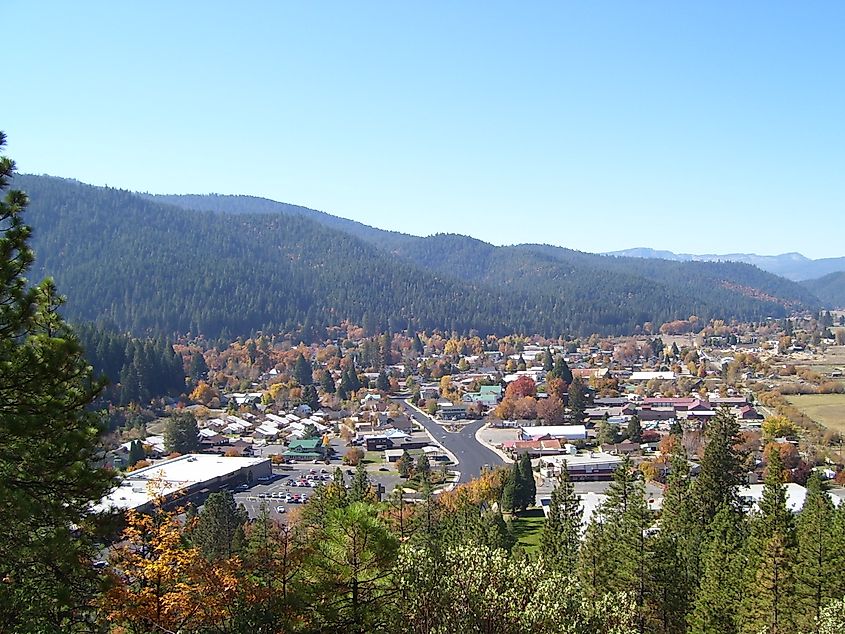
The Plumas County Museum holds archival photographs, Native American artifacts, and a fully furnished 1878 miner’s cabin. The Town Hall Theatre, operating since 1936, screens independent films and hosts live performances. Morning Thunder Café serves organic breakfast and lunch, while The Knook offers coffee and locally made goods. Patti’s Thunder Café is known for its cinnamon rolls and house-roasted coffee. Quincy Natural Foods Co-op supplies regional products, and Plumas Pines Resort on Lake Almanor offers lodging and boat rentals. Gansner Park, along Spanish Creek, provides trails and picnic areas. Every summer, the High Sierra Music Festival draws national acts and visitors.
Kernville
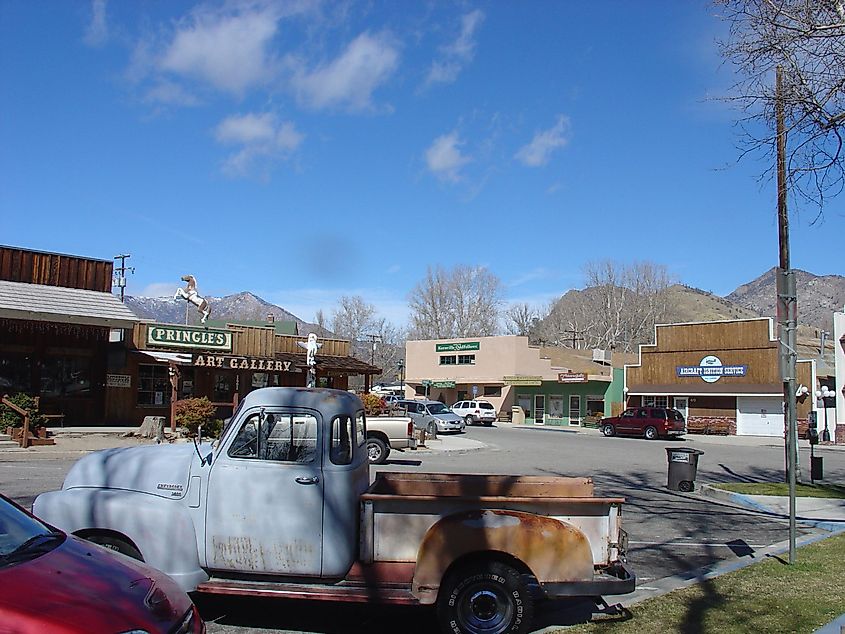
Kernville’s identity is shaped by the Kern River, which cuts through town with Class IV rapids that have made it a whitewater destination since the 1970s. Originally founded as Whiskey Flat in 1860 during the gold rush, the town was relocated upriver in the 1950s when Isabella Dam was built, submerging the original site. The Kern Valley Museum preserves this history with exhibits on gold mining, pioneer life, and movie-making, as Kernville served as a filming location for Westerns like The Long, Long Trailer and Giant.
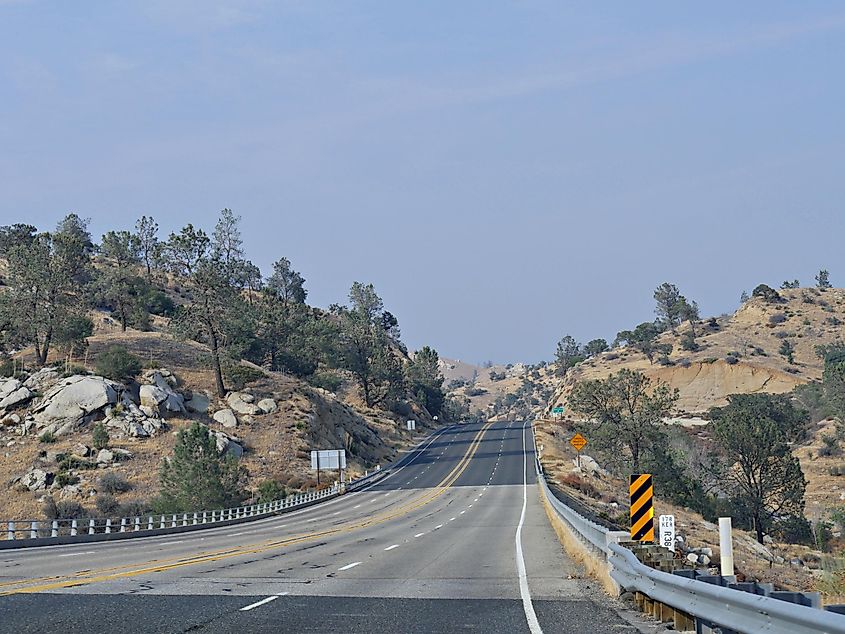
Kern River Brewing Company, established in 2005, produces acclaimed beers including Just Outstanding IPA. Ewings on the Kern, perched above the river, offers steaks and local trout with views of the Sierra foothills. Cheryl’s Diner maintains a retro menu and décor. Sierra South Mountain Sports rents rafting equipment and offers guided trips. Riverside Park provides access to fishing and riverside trails. Across the river, the Cannell Meadow Trail offers entry into the Sequoia National Forest. Each fall, Kernville hosts Whiskey Flat Days, a festival with rodeo events and a Wild West encampment.
Taylorsville
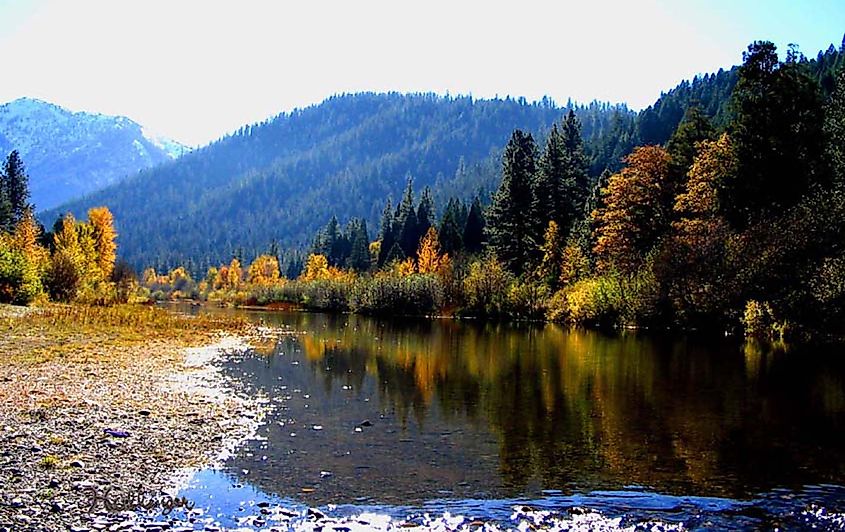
Taylorsville lies in the Indian Valley, an agricultural basin surrounded by the Sierra Nevada and the Diamond Mountains. Founded in the 1850s, it became a ranching and lumber center, and today retains one of California’s oldest continuously operating rodeos, the Taylorsville Silver Buckle Rodeo, first held in 1869. The Taylorsville Historic Hall, built in 1915, still hosts community events, including the annual Memorial Day rodeo and local craft fairs.
Young’s Market, operating since 1903, serves as a combined grocery, gas station, and informal gathering spot. The Taylorsville Tavern offers drinks and occasional live music in a building dating to the late 1800s. Indian Valley Museum exhibits Maidu artifacts, mining tools, and antique logging equipment. Genesee Valley Ranch, an organic cattle operation nearby, provides tours and sells grass-fed beef. Indian Creek runs through town, offering fishing and access to nearby Taylorsville Campground. Bikers and hikers use the Indian Valley Scenic Byway, which loops past alpine meadows and forested ridges.
Downieville
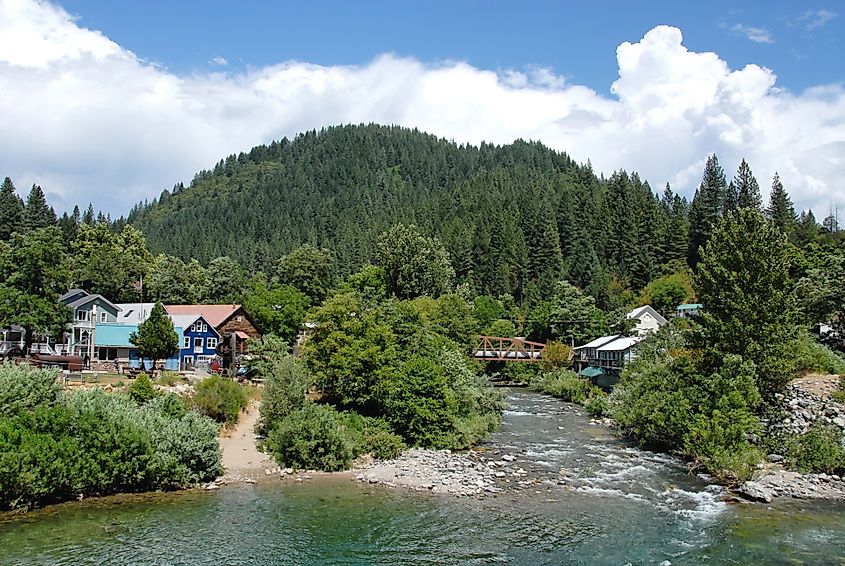
Downieville’s Gold Rush past and rugged setting at the confluence of the Downie and North Yuba Rivers are certainly iconic. It was once among California’s largest gold camps. The Sierra County Courthouse, built in 1854, remains the oldest in continuous use west of the Mississippi. Downieville is now internationally recognized for the Downieville Downhill, a 17-mile mountain bike race descending over 5,000 feet from Packer Saddle to town, drawing riders from around the world.
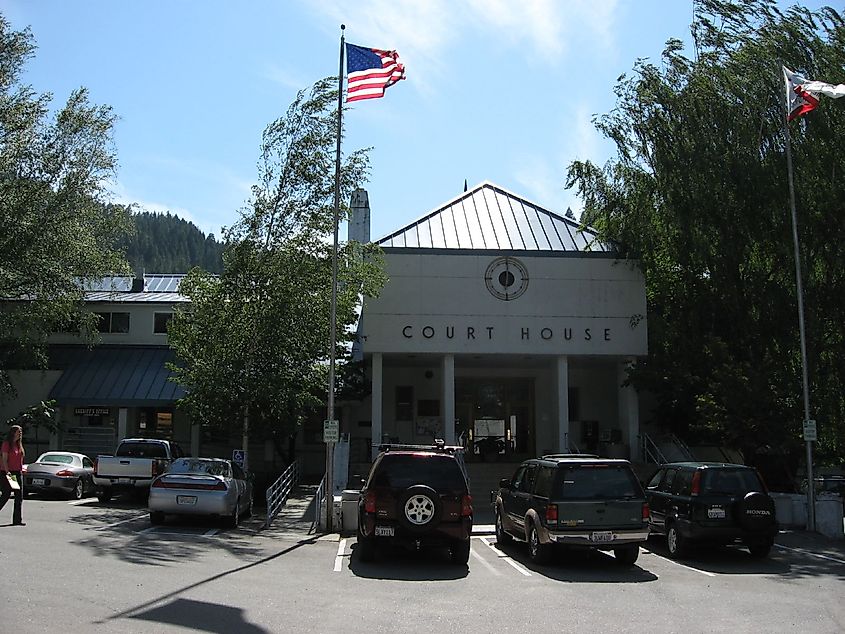
The Downieville Museum, housed in a 19th-century stone building, displays mining artifacts, photographs, and Maidu basketry. La Cocina De Oro serves Mexican dishes in a historic storefront. Yuba Expeditions rents mountain bikes and runs shuttle services to local trailheads. The Downieville Outfitters fly shop supplies anglers for North Yuba’s trout waters. Visitors walk the suspension bridge over the river or hike the Pauley Creek and Butcher Ranch trails.
Pull over for amber ales, soak in travertine steam, clap along to fiddle tunes that echo off courthouse bricks, and let the high-country altitude recalibrate your clocks. Leave space in the trunk for riverside memories and the realization that California’s backbone beats strongest where cell service surrenders to starlight.
